Food Storage Labels can be tricky to understand. Best Before & Use by Dates appear on nearly all our food. But what do they mean? Understanding the different food storage labels will help reduce your food waste without putting your family at risk. It will also save you significant money!
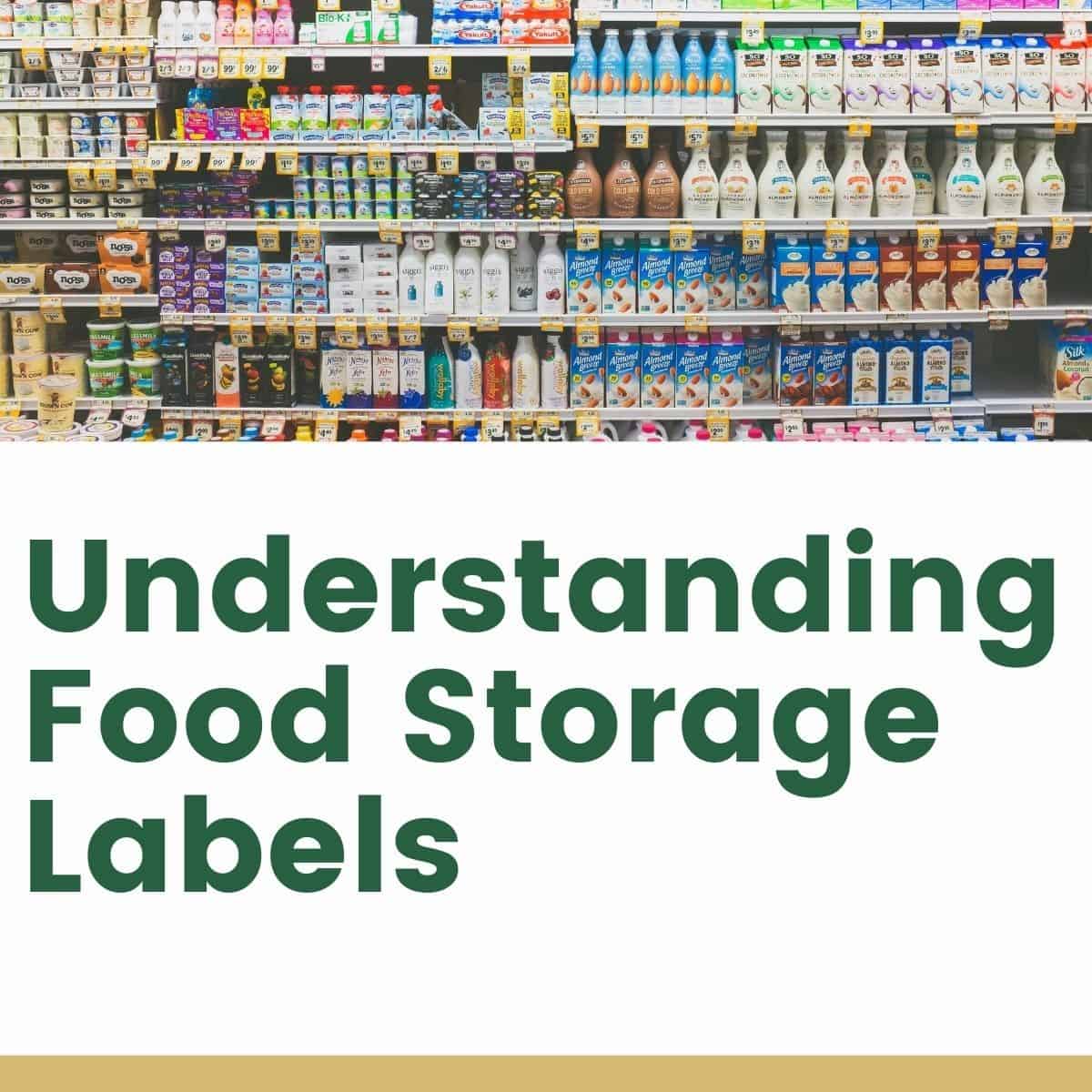
How much food do we waste?
If you dropped £15 into your kitchen waste bin, you'd fish it out, right? Of course! But every week in the UK, the average family throws away about £15 worth of food. This amount is rising as food prices go up. Whilst some of that food will have gone off, the majority of that £15 is still perfectly good to eat. That’s over £700 a year. Imagine how happy you’d feel if you found £700 in your bin!
Why do we waste food?
Why are we throwing away so much perfectly decent food? Research says, it has lots to do with our understanding food storage labels. Particularly the difference between Best Before dates and Use By Dates.
It’s a big area of confusion for many of us. We don't want to poison our families, so we throw away perfectly good food out of caution.
Use By Dates
Use By dates are used on perishable foods like meat, fish, soft cheese, and most dairy products. Foods that go off quickly. You shouldn’t eat these foods after the Use By date, even if they look and smell fine. Some harmful bacteria such as Salmonella and E.Coli for example, cannot be detected by smell or taste.
Best Before Dates
Best Before dates are very different. They are used on products with a much longer shelf life such as biscuits, jams, crisps, tinned foods...essentially everything else. After the ‘Best Before’ date, the food may not taste as good, or the texture may have altered. However, it will STILL BE SAFE TO EAT. The truth is, for the vast majority of food, you probably won’t even notice a difference.
Eggs!
The only exception to this Use By / Best Before system is eggs! Eggs have a Best Before date but do indeed go off. But don’t worry...here’s a simple little test you can do to avoid throwing away good eggs (or eating bad ones!). Place the eggs in a bowl of cold water.
- If they sink to the bottom and lay flat on their sides, they are fresh.
- If they sink to the bottom but stand on one end, they are a few weeks old but still good to eat.
- If they float to the surface, they’ve gone off and you shouldn’t eat them.
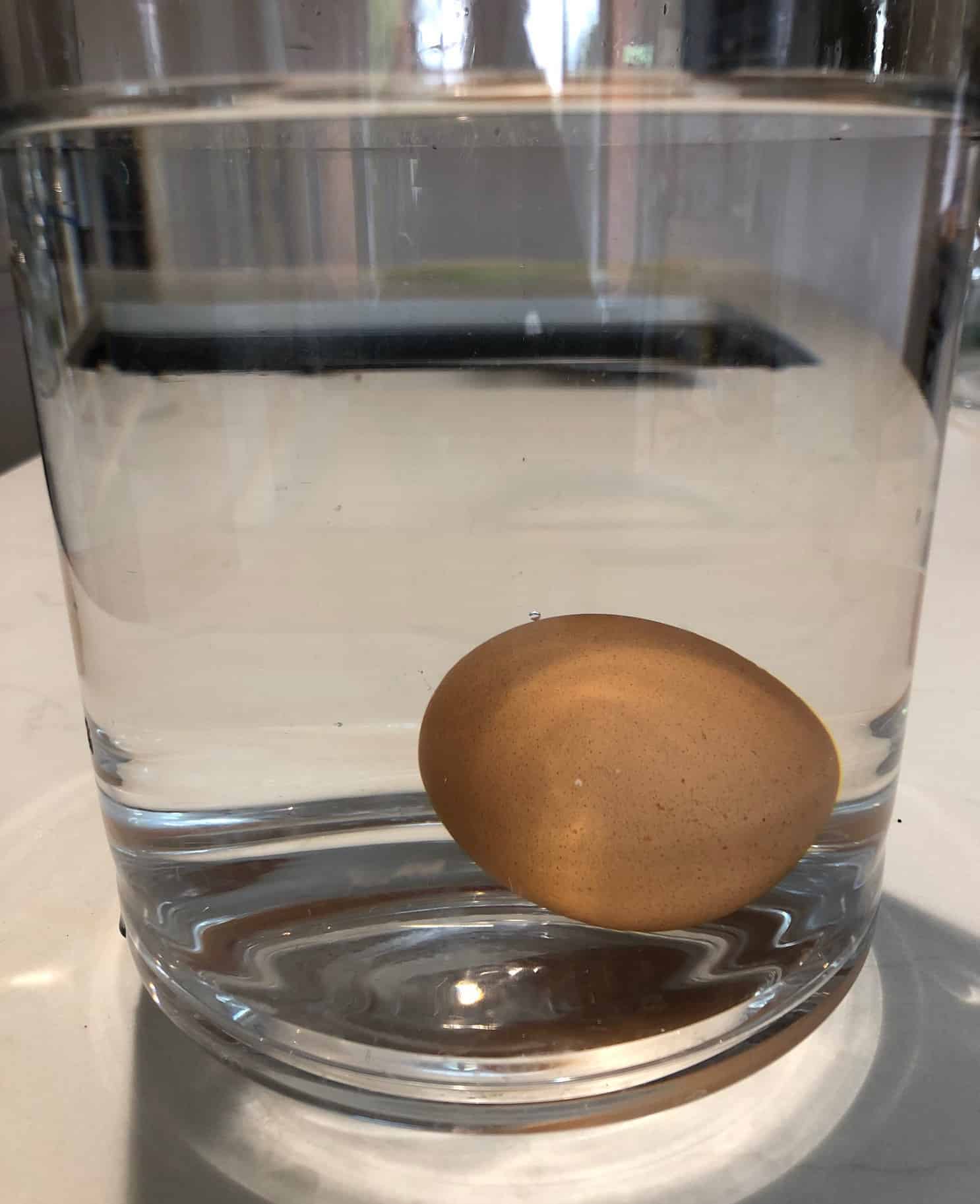
Use Within
You may also find a' Use Within' date on products that have a ‘Best Before’ date. This means that once opened, the product will start to go off and should be used within the time specified.
Tips to avoid Food Waste
To recap. The difference between Use By dates and Best Before Dates is that Use By Dates are about food safety. Best Before dates are only about quality and you can be the judge of that! You can find more tips on how to reduce your food waste in this blog
Understanding Food Storage labels can go a long way to helping reduce our food waste and save considerable amounts of money!
If the ‘Use-By’ date is looming and you’re not going to get the chance to eat it, you can
1. Cook the food if applicable and store it in the fridge for 2 days, or freeze it.
2. Freeze it. Food can be frozen right up until midnight on the ‘Use-By’ date.
Food Storage Labels are there to help us. Understanding what they mean is crucial if we are to reduce our food waste and save money on our food budgets.




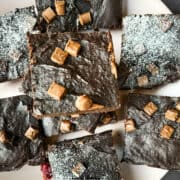






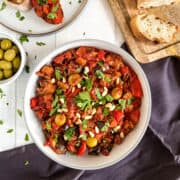

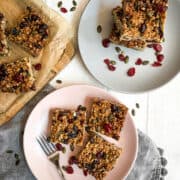
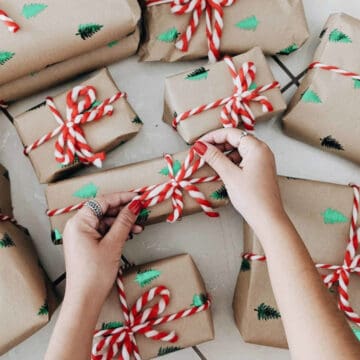
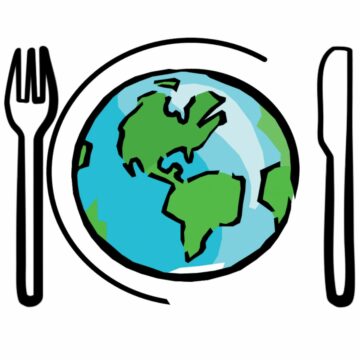

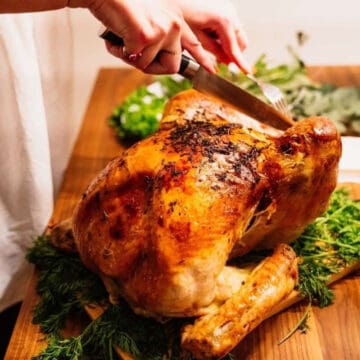
Comments
No Comments